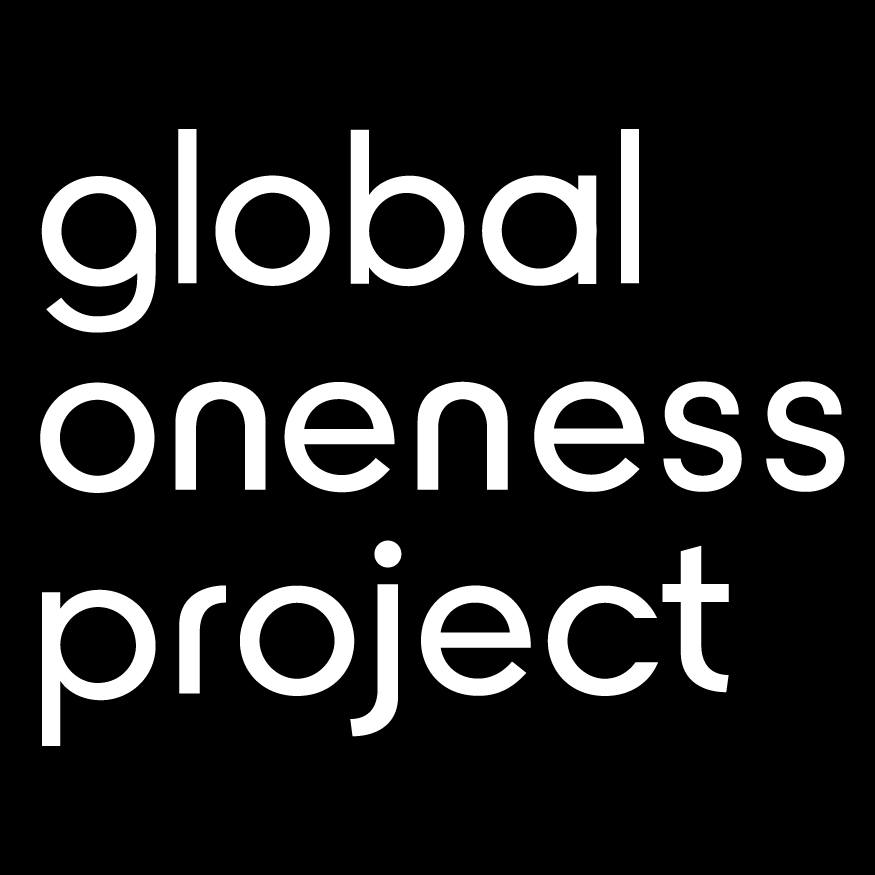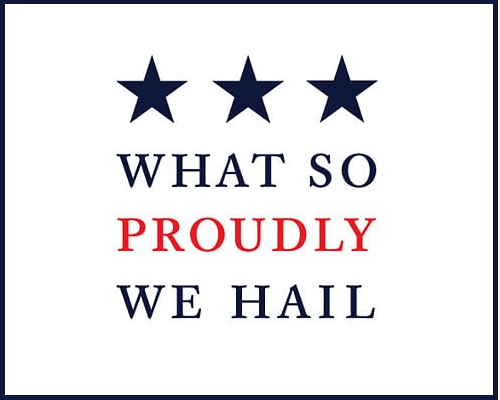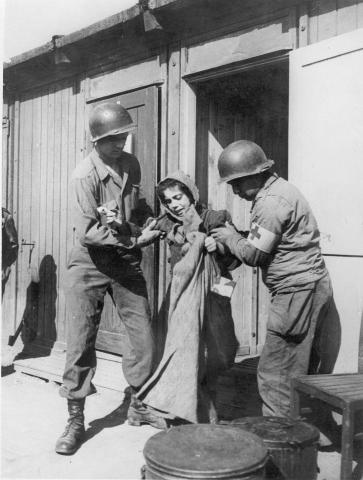About This Lesson
Students watch the short film, “My Enemy, My Brother,” by Ann Shin, which follows two former enemy soldiers as they meet twenty years after battle under extraordinary circumstances. In this lesson, students examine human connections across cultural divides and explore themes of bravery and peace. In a classroom discussion, students consider what it means to act from one’s conscience in the face of pressure to conform. Reflective writing prompts are also included to demonstrate students’ understanding of the story and reinforce our shared humanity.
For more resources on cultural, social, and environmental issues, visit: https://www.globalonenessproject.org
Enjoy this lesson on our shared humanity?
Check out more free lesson plans and resources on Share My Lesson in the Veterans Day Collection.

















